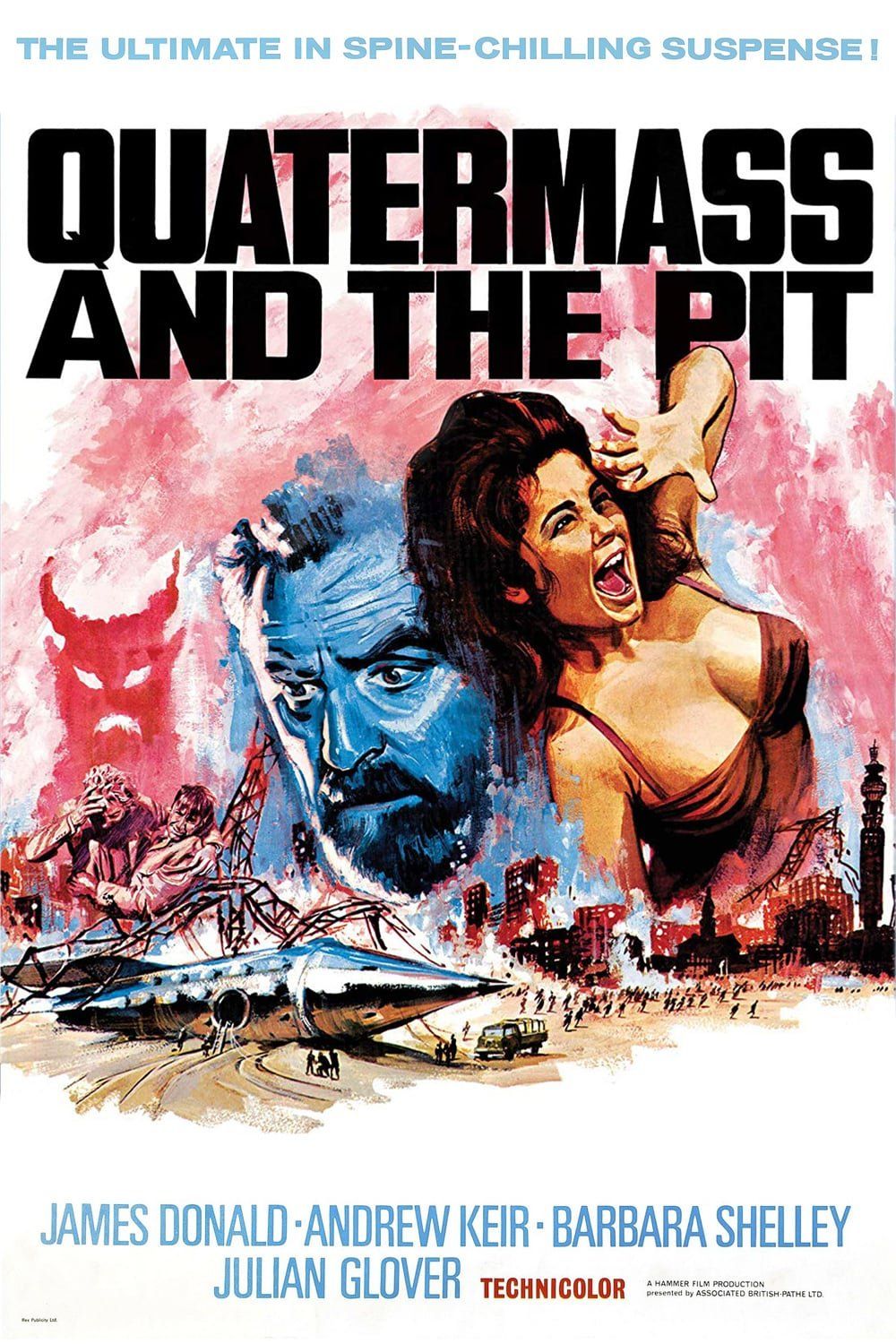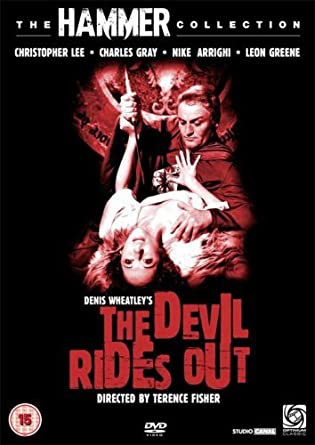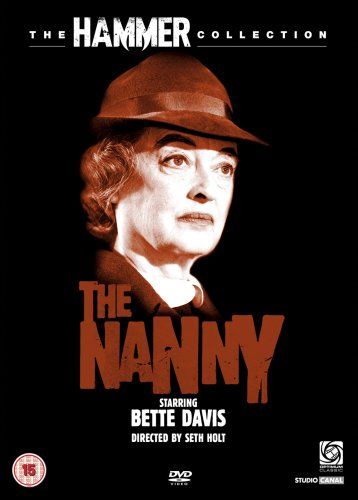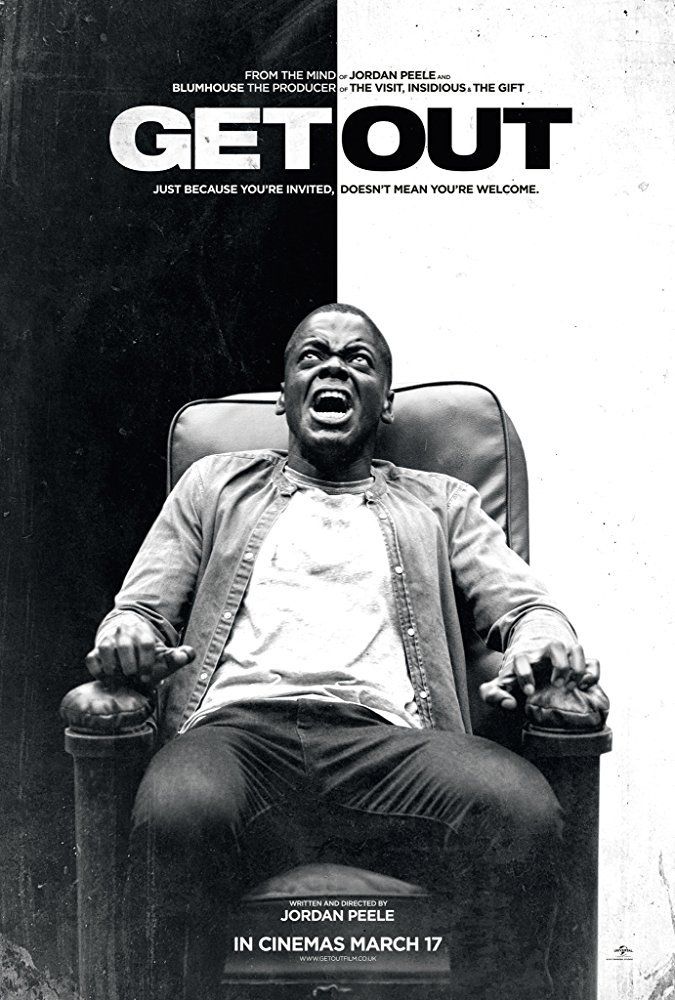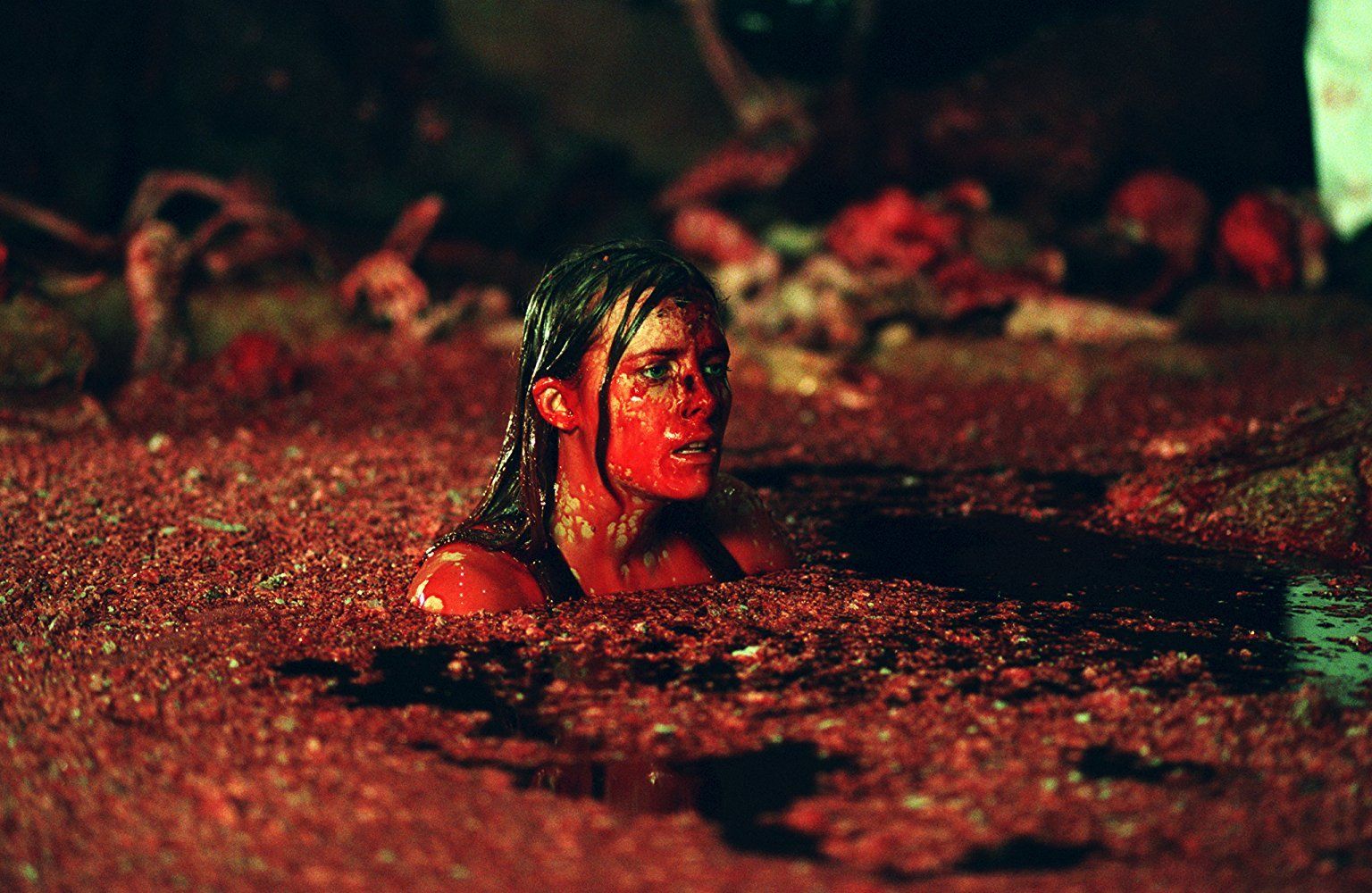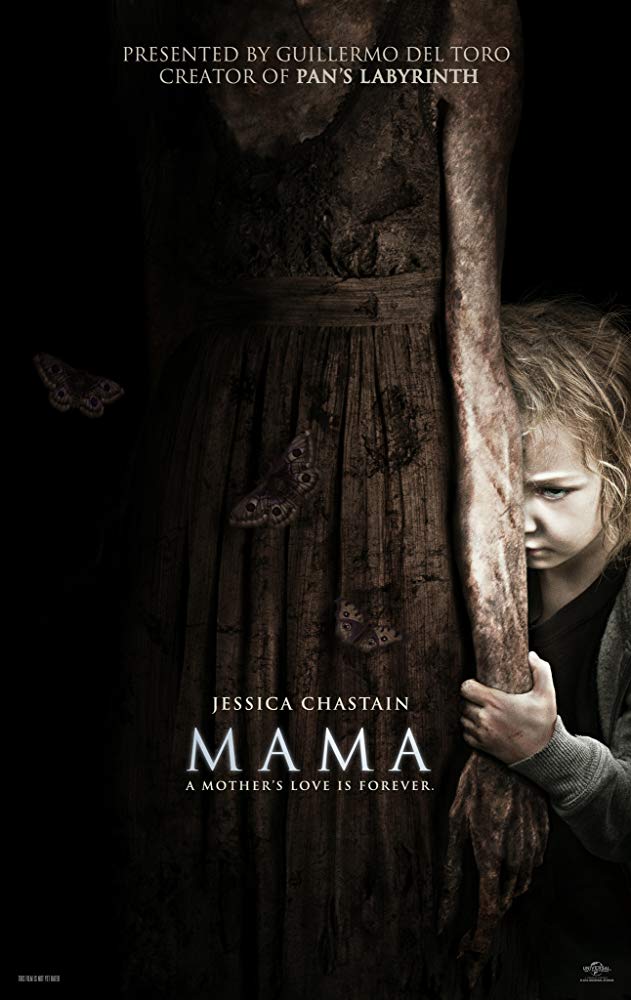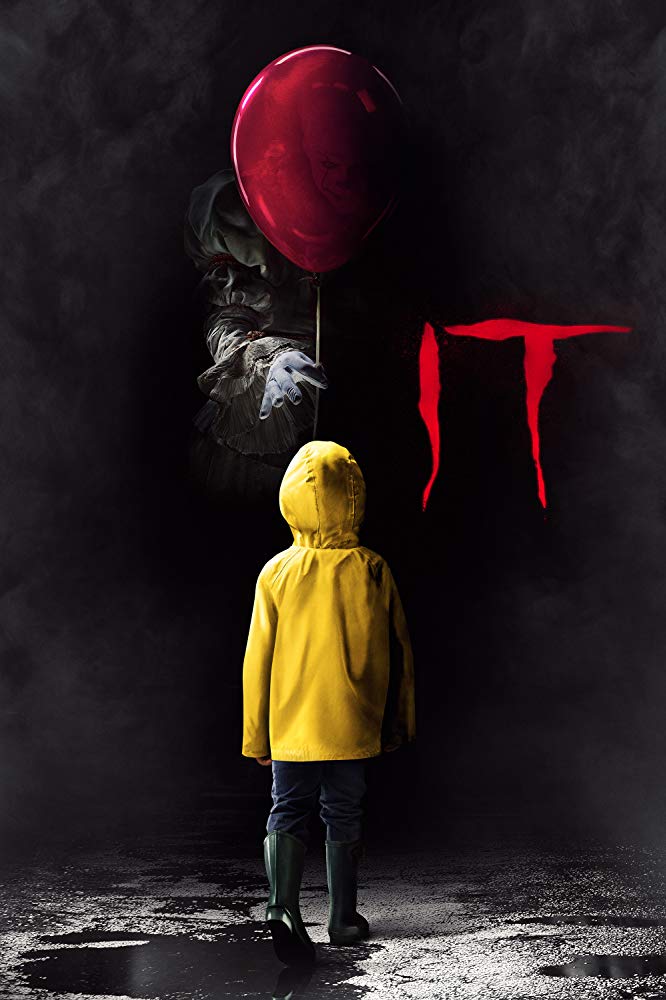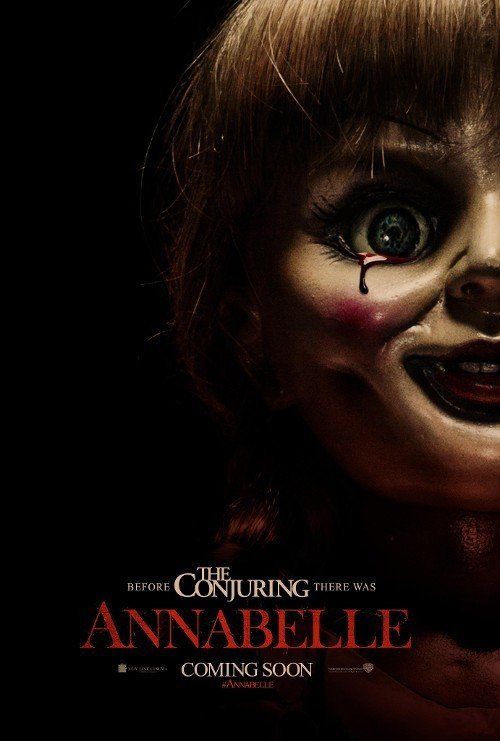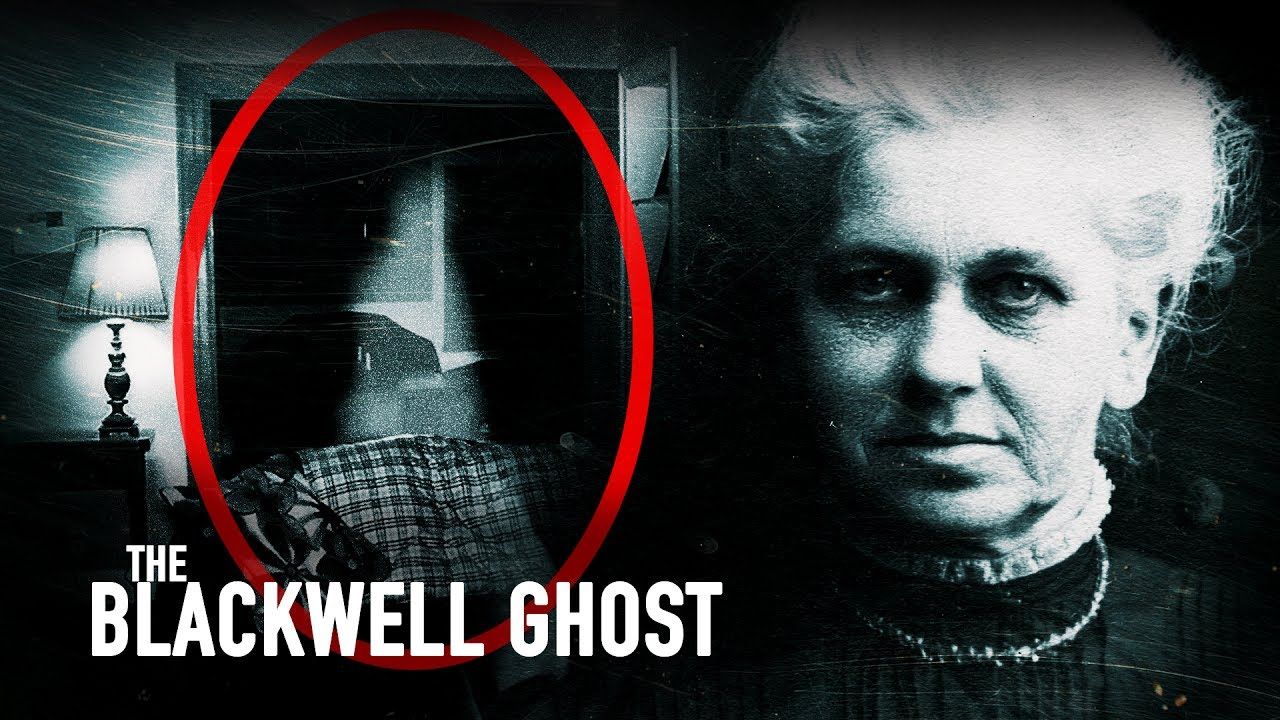The Mummy (1959)
He's obviously Egyptian, he's wearing a fez. (spoilers)

The Horror Channel’s season continues with Hammer’s The Mummy. The myth of the Mummy is perhaps as old as horror itself and, for me, I’ve always found the start of such films more interesting than the final act. If you have a weakness for tombs, ancient tales of evil and grave robbing in your movies, then The Mummy always works because the creature is always hidden underneath a shroud of mystery. Only when the Mummy actually appears does a film usually fall into a chase movie. There’s nothing wrong with this but I’ve always felt the set up was always far stronger than the pay off because, and this is purely personal, I don’t find someone wrapped in bandages all that terrifying.
The film starts with a team of English archaeologists breaking into Princess Ananka’s tomb, and, before they are about to enter, Egyptian, Mehemet Bey, warns the archaeologists not to go into the tomb, but his wise words are ignored and rightly so because otherwise the film would have only been ten minutes long, including credits.
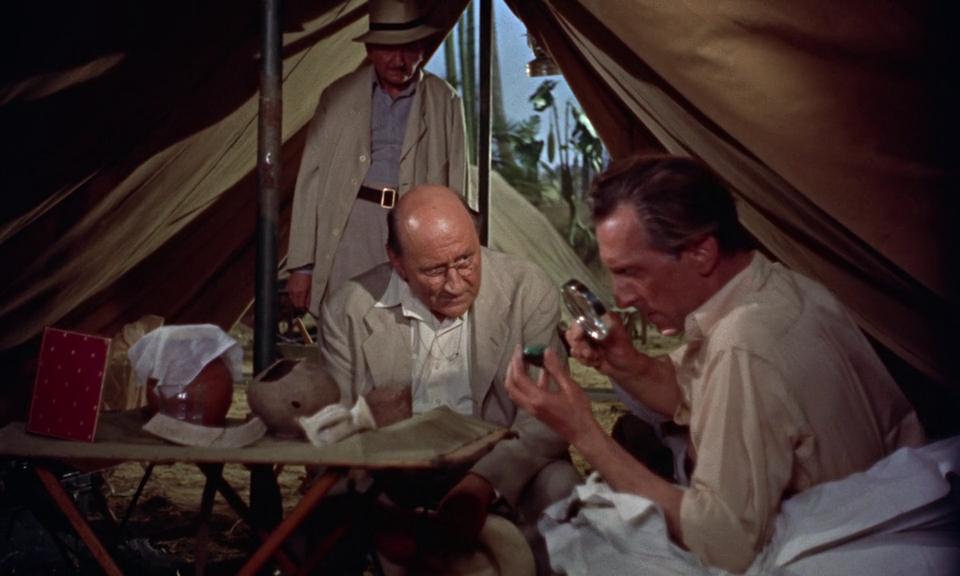
The setup is fairly well handled and, for 1959, it doesn’t look too bad. Peter Cushing plays the injured son who, with his uncle, seal the tomb with dynamite after removing the body of Ananka and, basically, desecrating the whole site, a point to which Mehemet Bey, devotee to Ananka, says he will avenge such desecration. It was a clunky moment which seemed rushed and I don’t think it would have done the film any harm if it was left out.
The film then moves to England. John Banning’s father is in the ‘nuthouse’ after his encounter in the tomb. Stephen Banning warns his son of The Mummy, but he’s certified as crazy so no one listens to him. It then cuts to two drunks who are carting The Mummy to “that big ‘ouse up the ways there.”, they hit a rock, the casket falls off the cart and slides into a bog and disappears. I don’t like being critical with older horror movies but I am sure they could have come up with something a little less contrived and clunky than an accident on a cart…curse that random rock in the road. However, the scene of Christopher Lee’s Mummy emerging from the mire covered in sludge and slurry was worth the weak set up because its pacing, lighting and look of the creature added a blanket of menace over the film and you instantly know the film has taken a dark turn. It’s also nice to see the creature appear early into the proceedings. In such films as The Curse of Frankenstein or The Abominable Snowman, it’s passed half way until we get a glimpse of the monster, but in The Mummy, it’s just after the twenty minute mark. The beast has been unleashed.
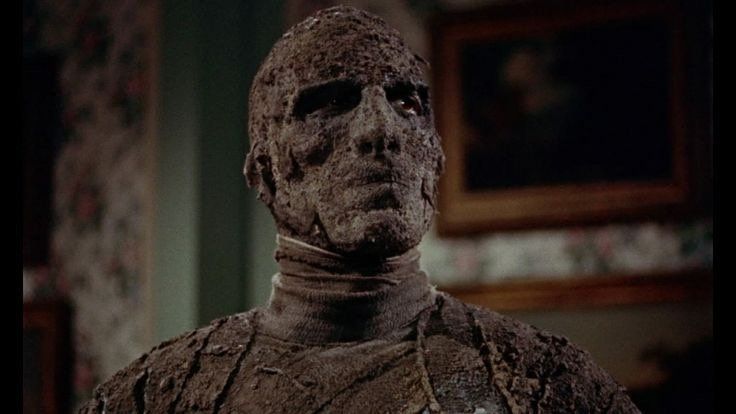
The first victim was the deranged Stephen Banning who had been since committed to a padded cell. The whole scene was very effective. The foreboding presence Lee exudes in sodden bandages and doused in slime was quite powerful as he crashes through the window, bends the bars and delivers a brutal attack. In the aftermath of the attack, the court rules the cause of death was by person or persons unknown and in the search for answers, Cushing, delves into his father’s studies. We are treated to a lengthy flashback of how Kharis was entombed and how the mummy came into being. I really enjoyed this sequence as we got to see Lee hamming it up as an Egyptian High Priest. The slaughter of the slaves and maidens was brutal and cutting off of Lee’s tongue made me wince. Obviously, this is 1959 and you don’t see anything but the insinuation of it does make you feel uncomfortable.
Inspector Mulrooney (Eddie Byrne) enters the story as he attempts to solve the murder of Stephen Banning, predictably unwilling to believe John Banning’s explanation of The Mummy wanting to murder those archaeologists who desecrated the tomb of Ananka. I felt the inspector was a little force and not terribly likeable, however, he did exude authority but I wouldn’t have batted an eyelid if he was permanently taken off the payroll so to speak.
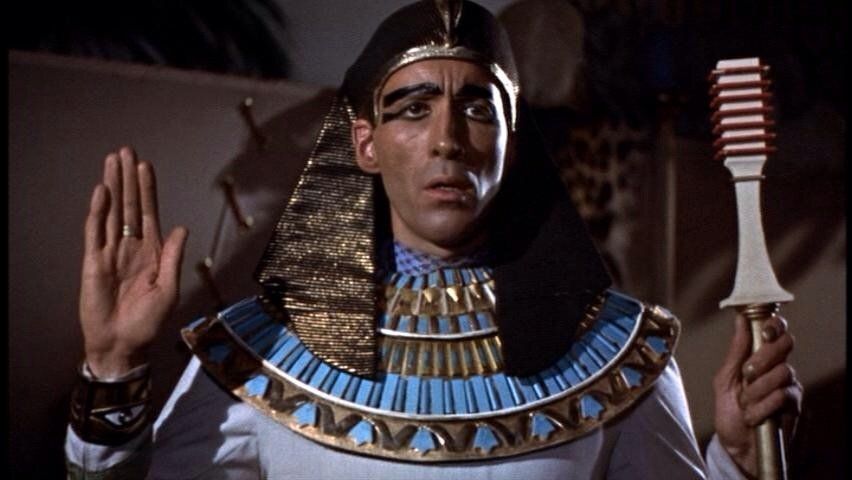
Any scene with the locals I found to be very clunky. I can only assume their dim-witted nature and ham acting was comic relief to the tension of the main narrative but it did not come across like that and only served to be an annoyance.
John Banning’s wife, Isobel (Yvonne Furneaux) is a late addition to the proceedings and, to put a twist into the last third, is the spitting image of Ananka, the high priestess. It was a nice idea and avoided the chase movie tropes to the final curtain, but it would’ve been nice to see Isobel sooner and her likeness of Ananka could’ve been set up earlier perhaps? Of course, the Mummy, with only John Banning left on his hit list, stops his attack when he sees Isobel. We then see the creature gain a conscience, a misunderstood monster at the will of another, Mehemet Bey.
As mentioned earlier, after the reveal of the Mummy, a chase movie usually ensues but I felt the second half evolved the story well and it certainly felt there was more meat on the bones than I was expecting. The scene between John Banning and Mehemet Bey as they both baited each other was a classic protagonist versus the antagonist moment and one of the highlights. It’s certainly an aspect modern film making could learn a lesson from.
The ending was a tense affair with The Mummy kidnapping Isobel and carrying her to the swamp, Mehemet Bey brutally stabbing a policeman and one of the locals and a last minute, gun toting finale. Because the finale was strong, for it to simply end as soon as the Mummy sank into the mire was a little unsatisfactory because I was invested in the story and wanted a scene about the aftermath, but this is classic Hammer, 80 minutes was your lot as if they only had 80 minutes of film in the can. I got over this very quickly and reflected on a strong entry in the Hammer franchise.